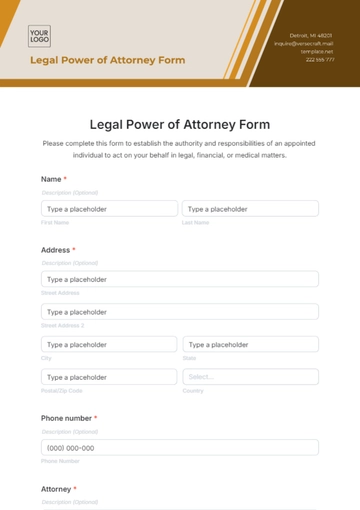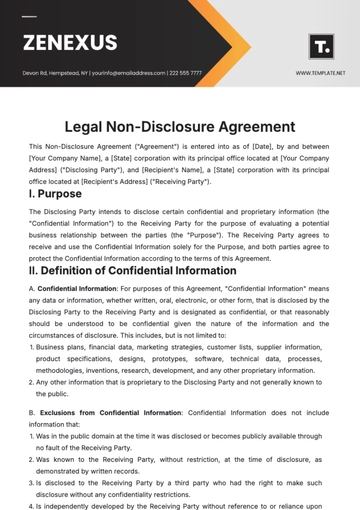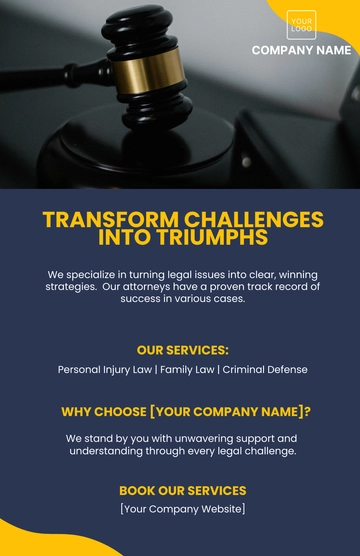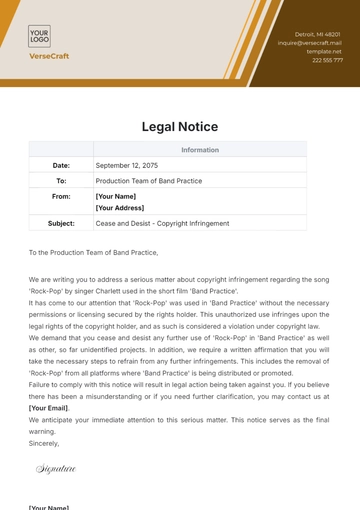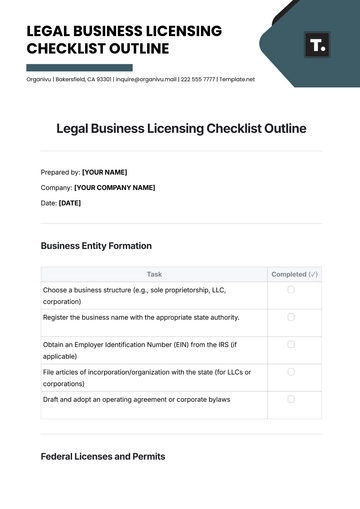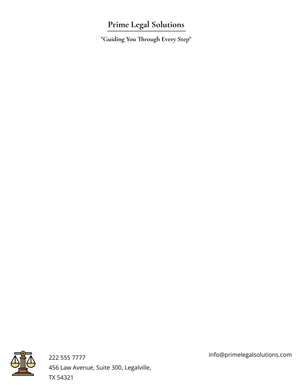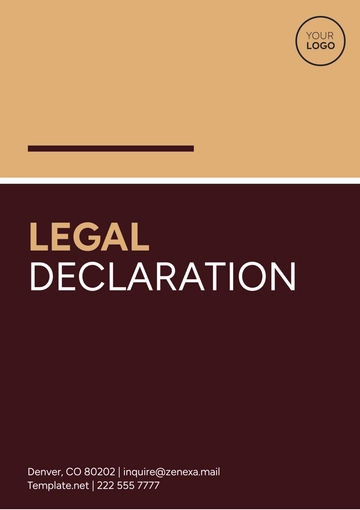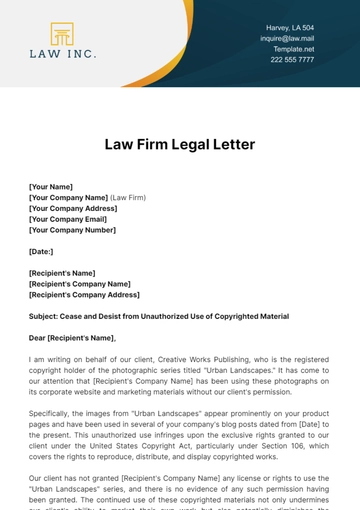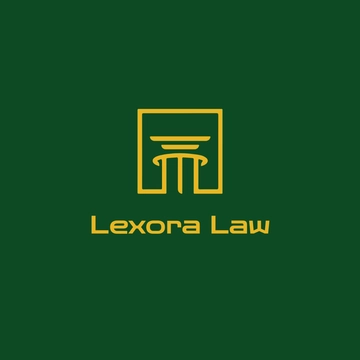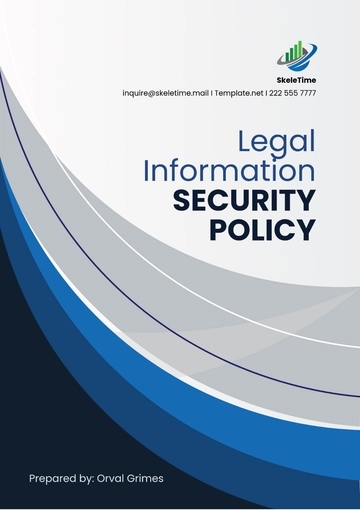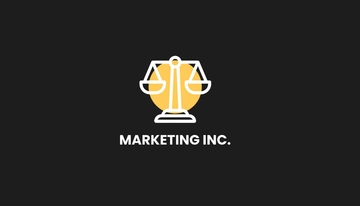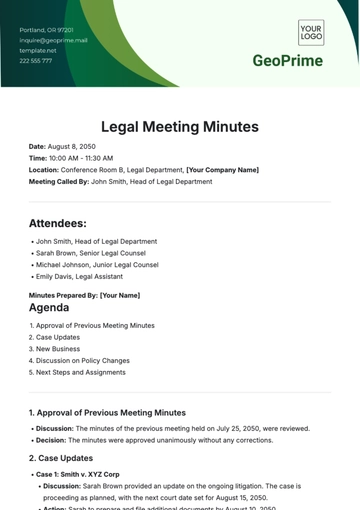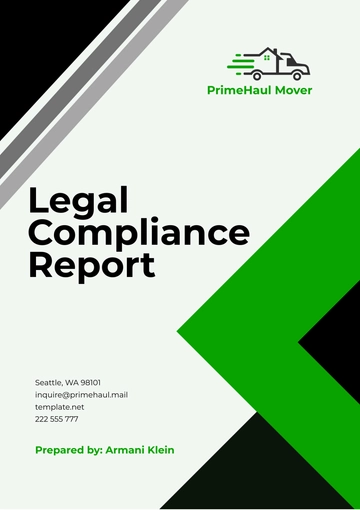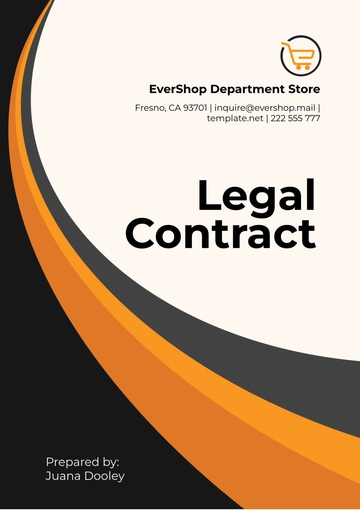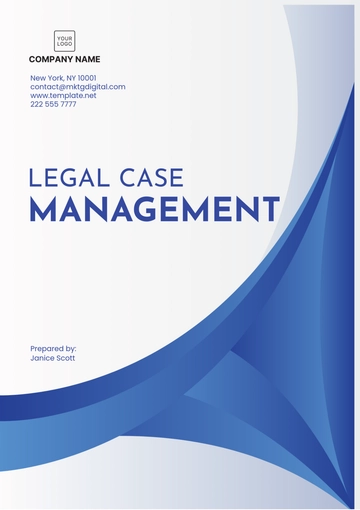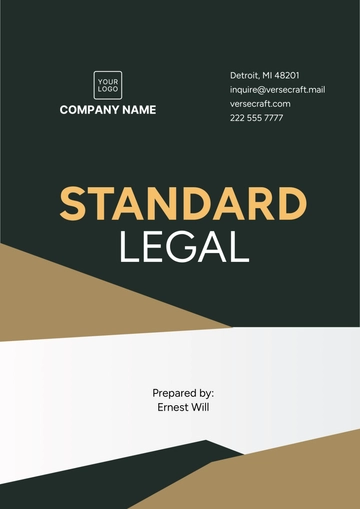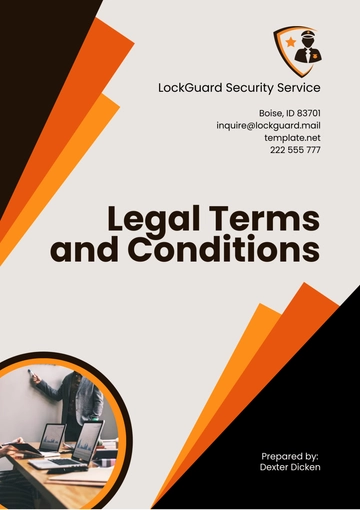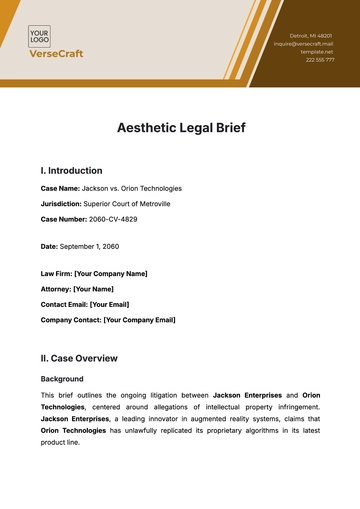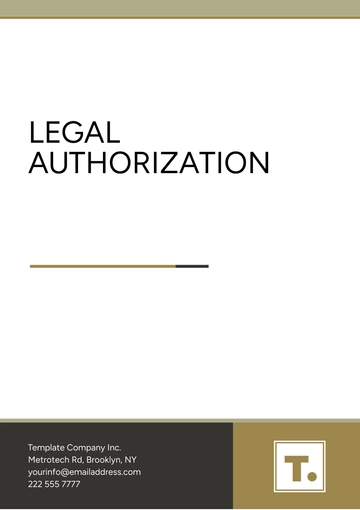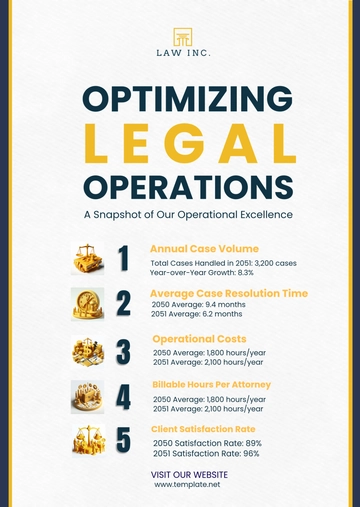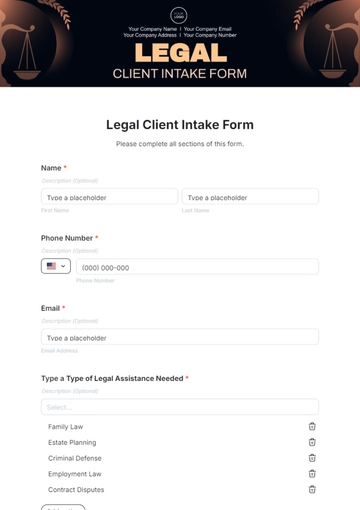Free Legal Corporate Regulatory Change Management Guide
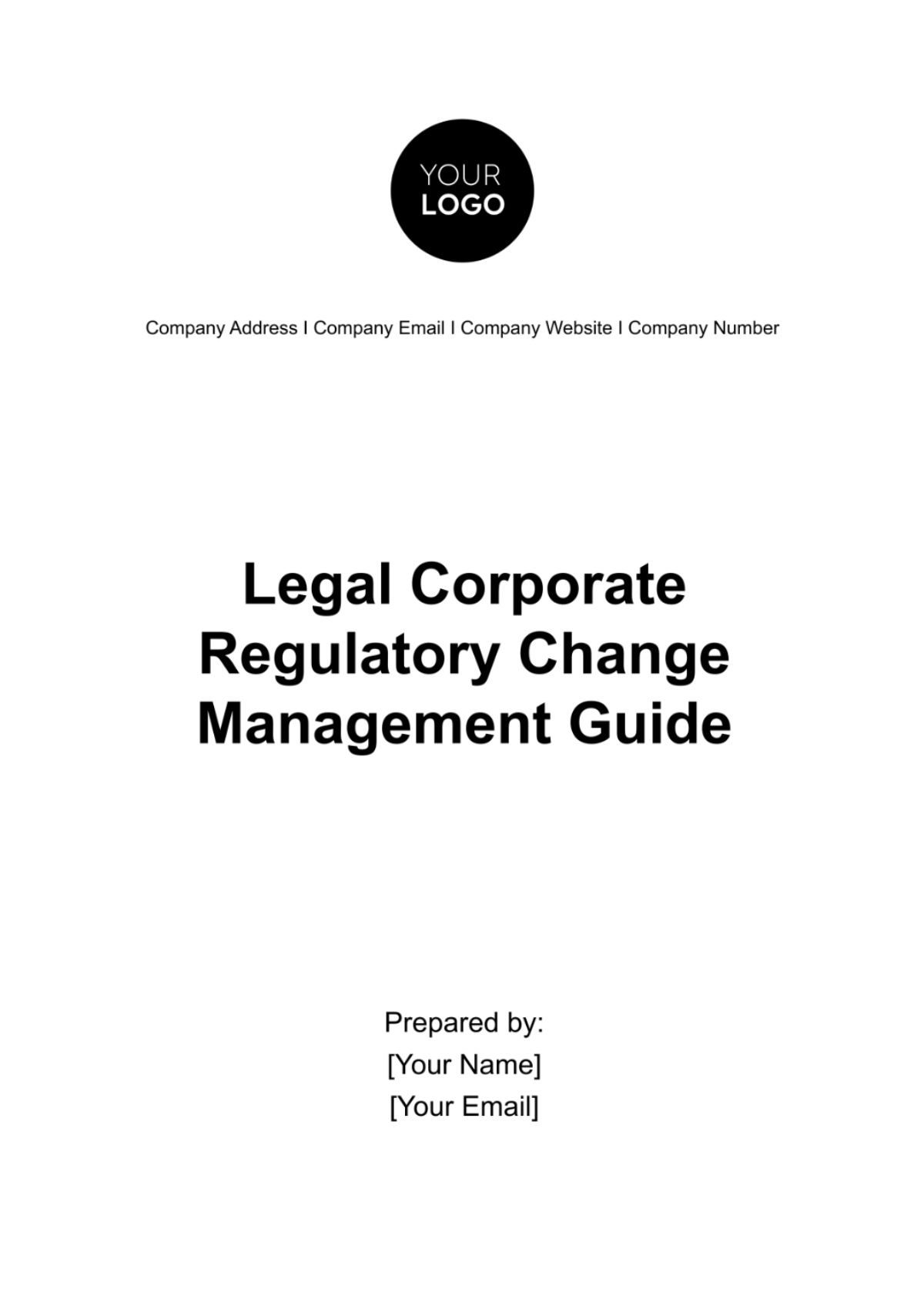
I. Introduction
A. Purpose of the Guide
This Guide is designed to provide our employees with a comprehensive framework for managing and adapting to regulatory changes that impact our operations. It aims to ensure that we maintain compliance with all applicable laws and regulations, thereby protecting our reputation and minimizing legal risks. By following the guidelines set forth in this document, we can respond to regulatory changes in a timely, efficient, and effective manner, ensuring that our business practices remain aligned with current legal standards.
B. Scope of the Guide
The scope of this Guide encompasses all regulatory changes that could potentially affect our operations, including but not limited to financial regulations, environmental laws, labor standards, and data protection rules. It applies to all departments and units within our organization, ensuring a unified and coordinated approach to regulatory compliance. This Guide covers the processes for identifying, assessing, planning for, and implementing responses to regulatory changes at both the national and international levels.
II. Understanding Regulatory Change
A. Types of Regulatory Change
Regulatory changes can come in various forms, each with its own set of challenges and implications for our operations. Below is a table outlining the different types of regulatory changes, their definitions, and potential impacts:
Type of Regulatory Change | Definition | Potential Impact |
New Laws | Legislation enacted by governing bodies that introduce new legal requirements. | May require the implementation of new processes, policies, or controls to ensure compliance. |
Amendments to Existing Laws | Changes or updates to existing legislation that modify current legal requirements. | Could necessitate adjustments to existing compliance frameworks to align with updated legal standards. |
New Regulatory Guidance | Additional instructions or clarifications provided by regulatory agencies regarding how laws should be interpreted and applied. | May require revisions to compliance strategies to incorporate new guidance and best practices. |
International Regulations | Laws and regulations enacted by international bodies or foreign governments that affect global operations. | Could impact cross-border operations, requiring adjustments in multiple jurisdictions to ensure global compliance. |
B. Monitoring Regulatory Environment
Staying informed about regulatory changes is critical to managing compliance risks effectively. Below are strategies for monitoring the regulatory environment:
Subscribe to Regulatory Updates: Utilize subscriptions to newsletters and alerts from regulatory agencies and industry associations to receive timely updates on legal changes.
Attend Industry Conferences and Seminars: Participate in relevant conferences and seminars that focus on regulatory trends and compliance best practices.
Leverage Legal and Compliance Networks: Engage with professional networks and forums where peers and experts discuss regulatory changes and their implications.
Utilize Regulatory Technology Tools: Implement regulatory technology tools designed to track and alert on legal changes relevant to our industry and operations.
Conduct Regular Legal Reviews: Schedule periodic reviews with legal counsel to discuss emerging regulatory trends and potential impacts on our business.
III. Regulatory Change Management Framework
A. Governance Structure
To effectively manage and respond to regulatory changes, a robust governance structure is essential. This structure ensures clear accountability and facilitates the coordination of our regulatory change management efforts across different departments and levels of the organization.
Role | Responsibilities |
Regulatory Change Management Team | Coordinates the identification, assessment, and response to regulatory changes. |
Compliance Officer | Oversees the development and implementation of compliance policies and procedures. |
Legal Department | Provides legal analysis and interpretation of regulatory changes. |
Department Heads | Ensure departmental compliance with new regulatory requirements. |
Executive Leadership | Approves strategic decisions related to regulatory change management. |
B. Identification of Regulatory Changes
Timely identification of regulatory changes is crucial for maintaining compliance. The process for identifying these changes includes several key steps:
Monitor Regulatory Publications: Regularly review publications and announcements from regulatory bodies.
Engage with Industry Associations: Participate in industry associations that provide insights into regulatory developments.
Utilize Regulatory Intelligence Services: Invest in services that offer curated regulatory updates and analyses.
Collaborate with Legal Counsel: Work closely with legal counsel to interpret the implications of regulatory changes.
C. Risk Assessment
Assessing the risk posed by regulatory changes helps prioritize our response efforts. Below is a table outlining the criteria for risk assessment and the associated assessment scale:
Criteria | Assessment Scale |
Financial Impact | High / Medium / Low |
Operational Impact | High / Medium / Low |
Reputational Impact | High / Medium / Low |
Compliance Deadline | Immediate / Short-term / Long-term |
Complexity of Implementation | High / Medium / Low |
IV. Process for Managing Regulatory Changes
A. Planning and Implementation
Once a regulatory change has been identified and assessed, planning and implementation are critical to ensure compliance. This involves setting timelines, allocating resources, and assigning responsibilities.
Suggested Timeline
Milestone | Timeline |
Initial Assessment | Within 2 weeks of identification |
Action Plan Development | Within 4 weeks of assessment |
Implementation Start | Within 2 months of plan approval |
Compliance Verification | Prior to compliance deadline |
Suggested Resource Allocation
Resource | Allocation |
Legal Expertise | As required |
Training Programs | 10% of compliance budget |
Technology Updates | 20% of compliance budget |
External Consultants | As needed |
Responsibilities
Task | Responsible Party |
Legal Analysis | Legal Department |
Policy Update | Compliance Officer |
Employee Training | Human Resources |
Technology Adjustments | IT Department |
B. Communication Strategy
Effective communication is essential to ensure that all stakeholders are informed about regulatory changes and understand their roles in achieving compliance. Our communication strategy involves regular updates through internal newsletters, dedicated compliance meetings, and direct communications for critical changes.
C. Training and Education
Training and education are key to ensuring that employees understand new regulatory requirements and how to comply with them.
Program | Target Audience | Frequency |
Regulatory Compliance Overview | All Employees | Annually |
Specific Regulation Training | Impacted Departments | As needed |
Compliance Tools and Resources | Compliance and Legal Teams | Quarterly |
Leadership in Compliance | Executives and Managers | Bi-annually |
V. Monitoring and Reporting
A. Reporting Mechanisms
Effective reporting mechanisms are crucial for tracking compliance with regulatory changes and for escalating issues as they arise. These mechanisms ensure transparency and accountability throughout the organization.
Implement a Compliance Dashboard: Utilize a compliance dashboard for real-time monitoring of key compliance metrics and statuses.
Establish Regular Reporting Cycles: Schedule weekly, monthly, and quarterly compliance reports for department heads and executive leadership.
Create an Incident Reporting System: Develop a system for employees to report compliance incidents or concerns anonymously.
Utilize Compliance Hotlines: Maintain a compliance hotline for reporting potential violations or obtaining guidance on compliance-related issues.
B. Feedback Mechanism
A robust feedback mechanism encourages open communication and continuous improvement in the regulatory change management process.
Conduct Surveys: Regularly distribute surveys to gather feedback on the effectiveness of the regulatory change management process.
Hold Focus Groups: Organize focus groups with representatives from various departments to discuss challenges and opportunities for improvement.
Offer Suggestion Boxes: Provide physical and digital suggestion boxes for employees to submit ideas for enhancing compliance practices.
Schedule Review Meetings: Hold quarterly review meetings with the regulatory change management team to discuss feedback and identify action items.
C. Periodic Review
Periodic reviews are essential for evaluating the effectiveness of the regulatory change management process and ensuring it remains aligned with organizational goals and regulatory requirements.
Review Activity | Frequency |
Compliance Program Review | Annually |
Policy and Procedure Audit | Bi-annually |
Risk Assessment Update | Quarterly |
Training Program Evaluation | Annually |
D. Continuous Improvement
Continuous improvement is the cornerstone of an effective regulatory change management program. By regularly assessing the efficiency and effectiveness of our processes, we can identify areas for enhancement, adapt to evolving regulatory landscapes, and foster a culture of compliance. This involves analyzing feedback from various mechanisms, reviewing the outcomes of periodic audits and assessments, and staying informed about best practices in regulatory compliance. Through a commitment to continuous improvement, we ensure that our regulatory change management processes not only meet current compliance requirements but are also poised to adapt to future challenges.
- 100% Customizable, free editor
- Access 1 Million+ Templates, photo’s & graphics
- Download or share as a template
- Click and replace photos, graphics, text, backgrounds
- Resize, crop, AI write & more
- Access advanced editor
The Legal Corporate Regulatory Change Management Guide Template from Template.net offers a detailed roadmap for navigating through regulatory updates and ensuring compliance. This template is both editable and customizable, facilitating tailored strategies to manage legal changes. Editable in our AI Editor tool, it equips organizations with the necessary guidance to adapt to legal shifts efficiently, minimizing risks and maintaining operational integrity.
